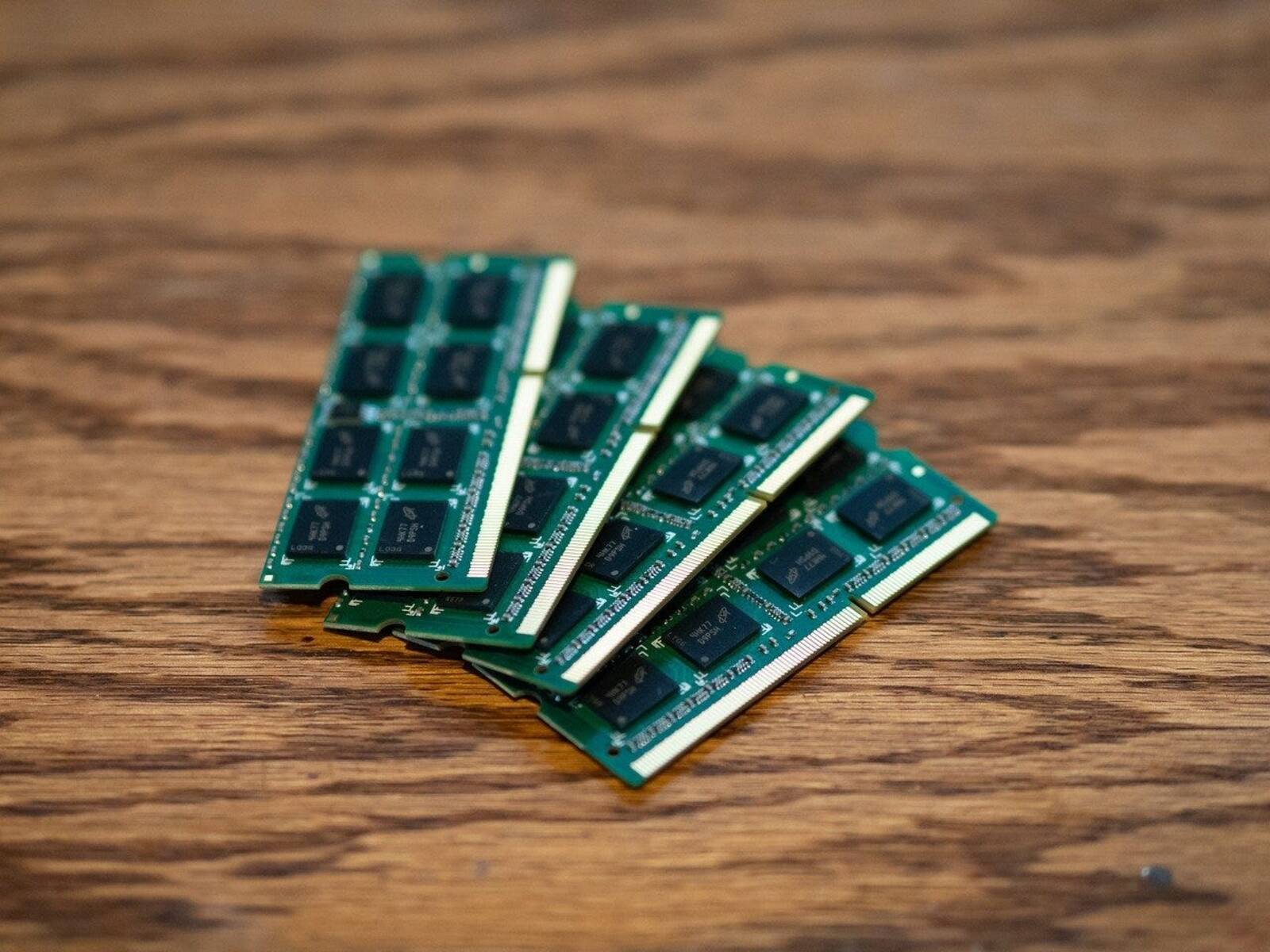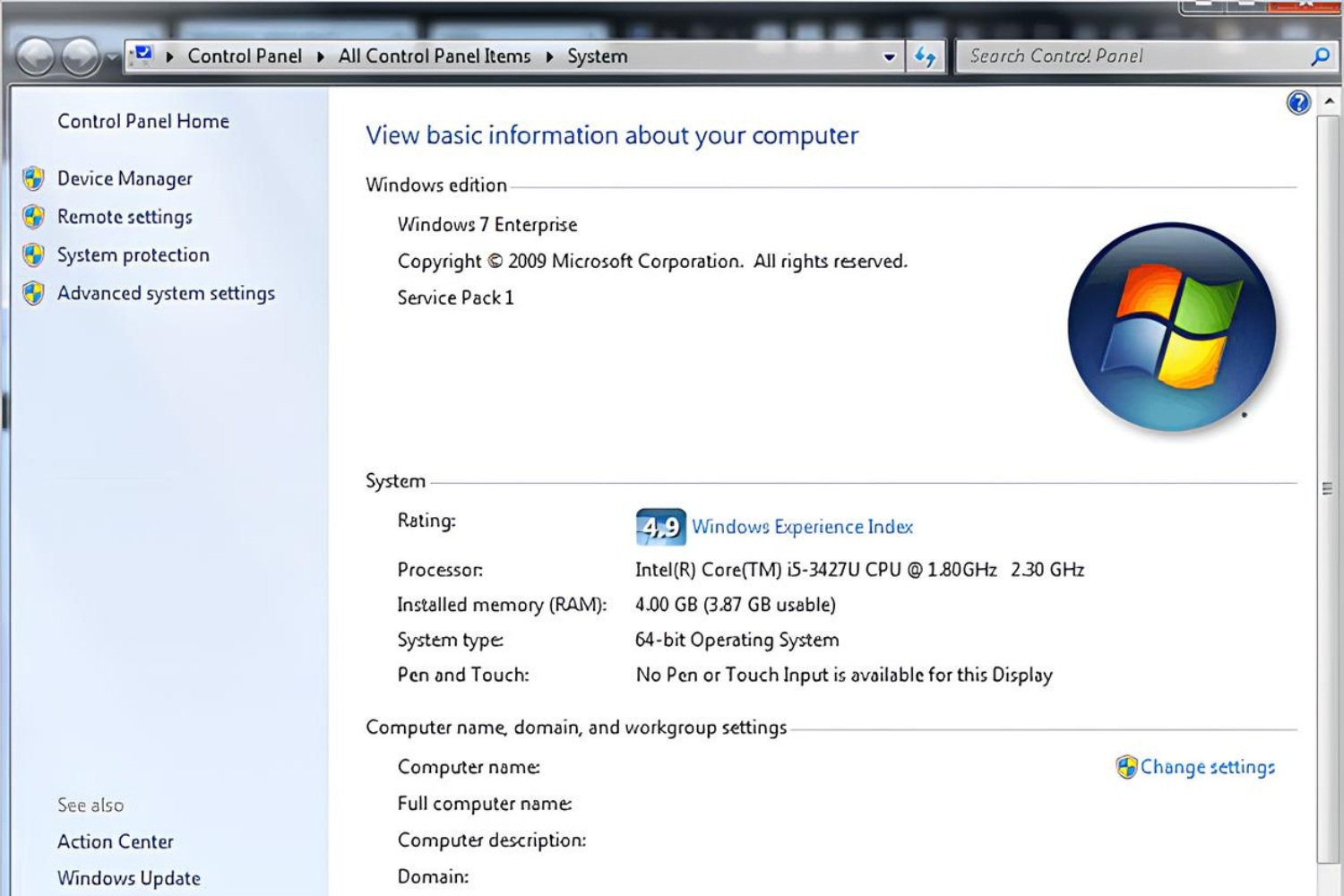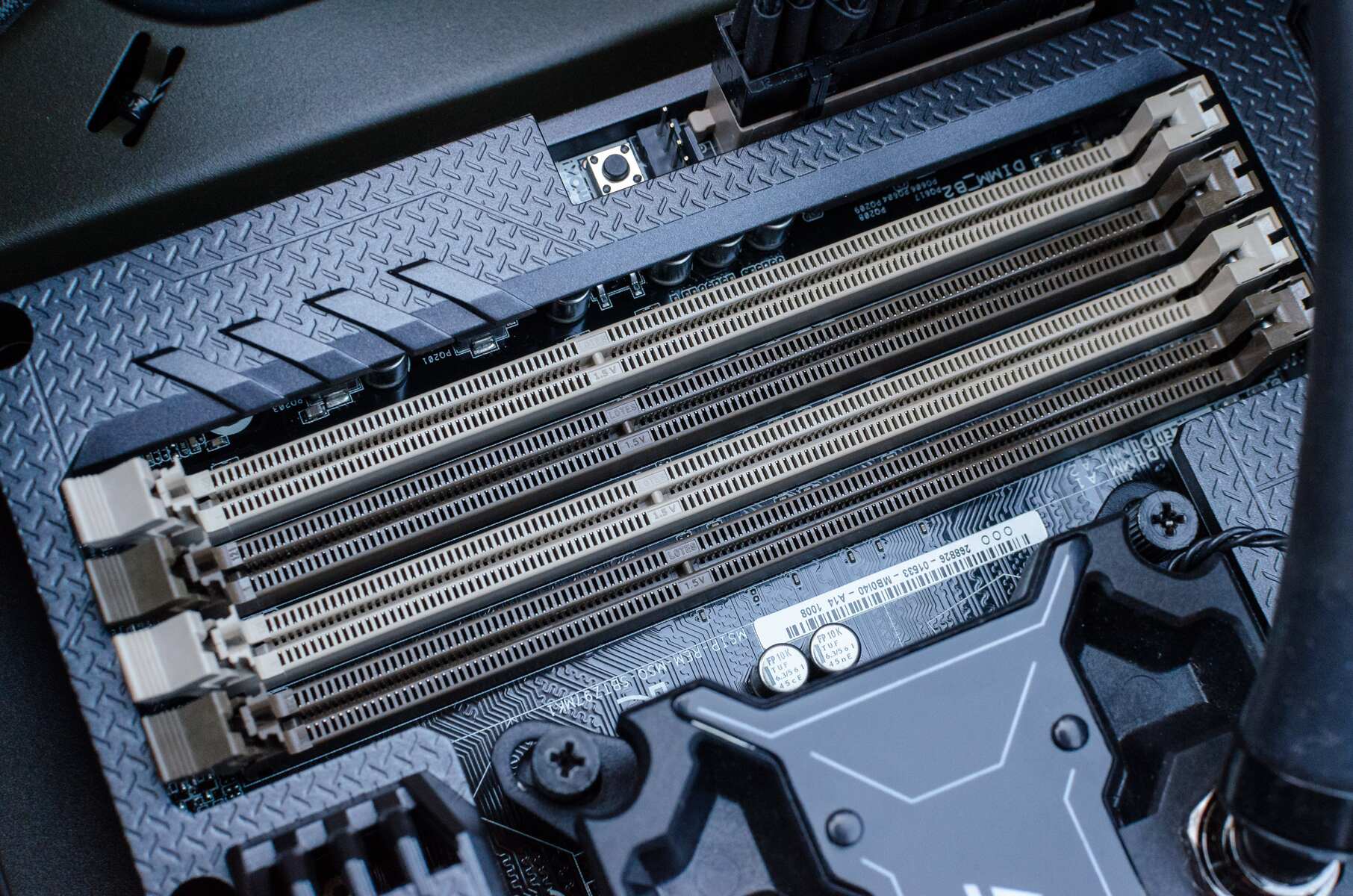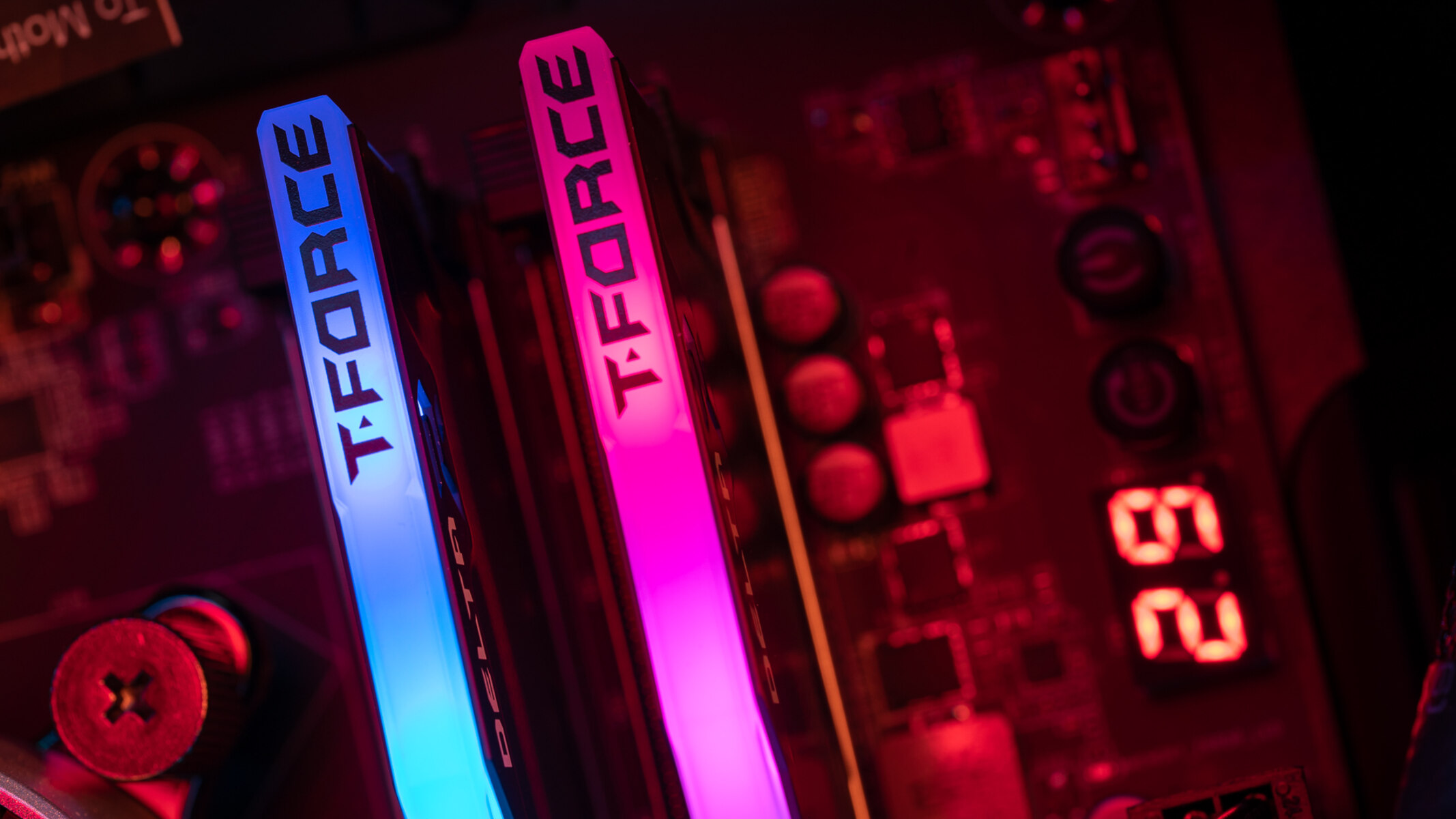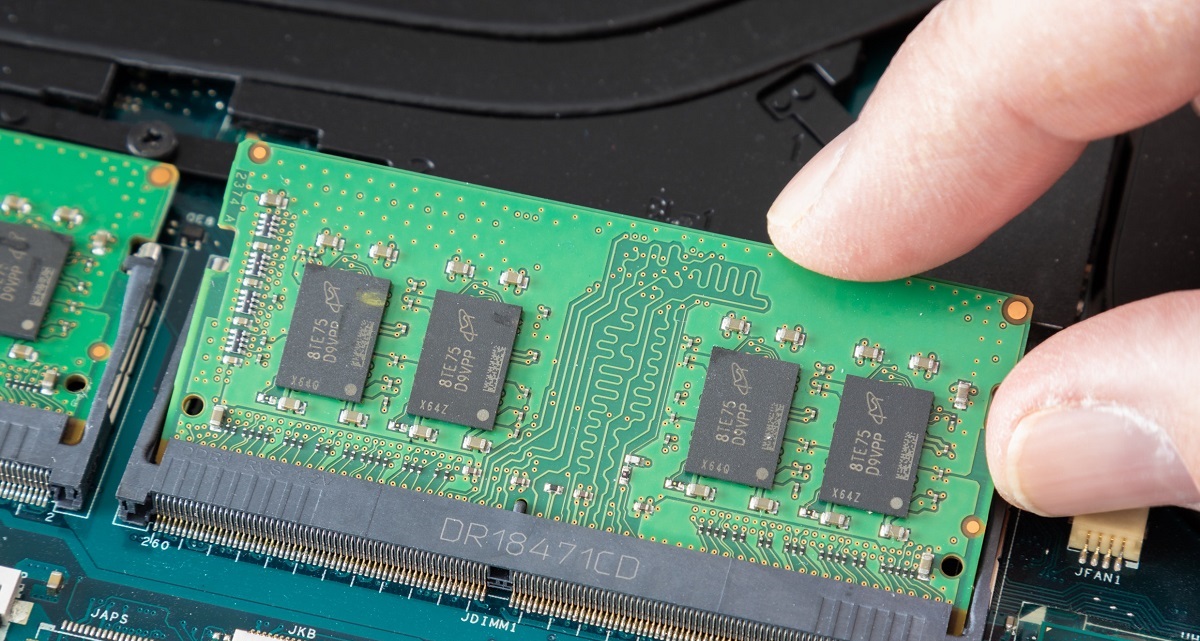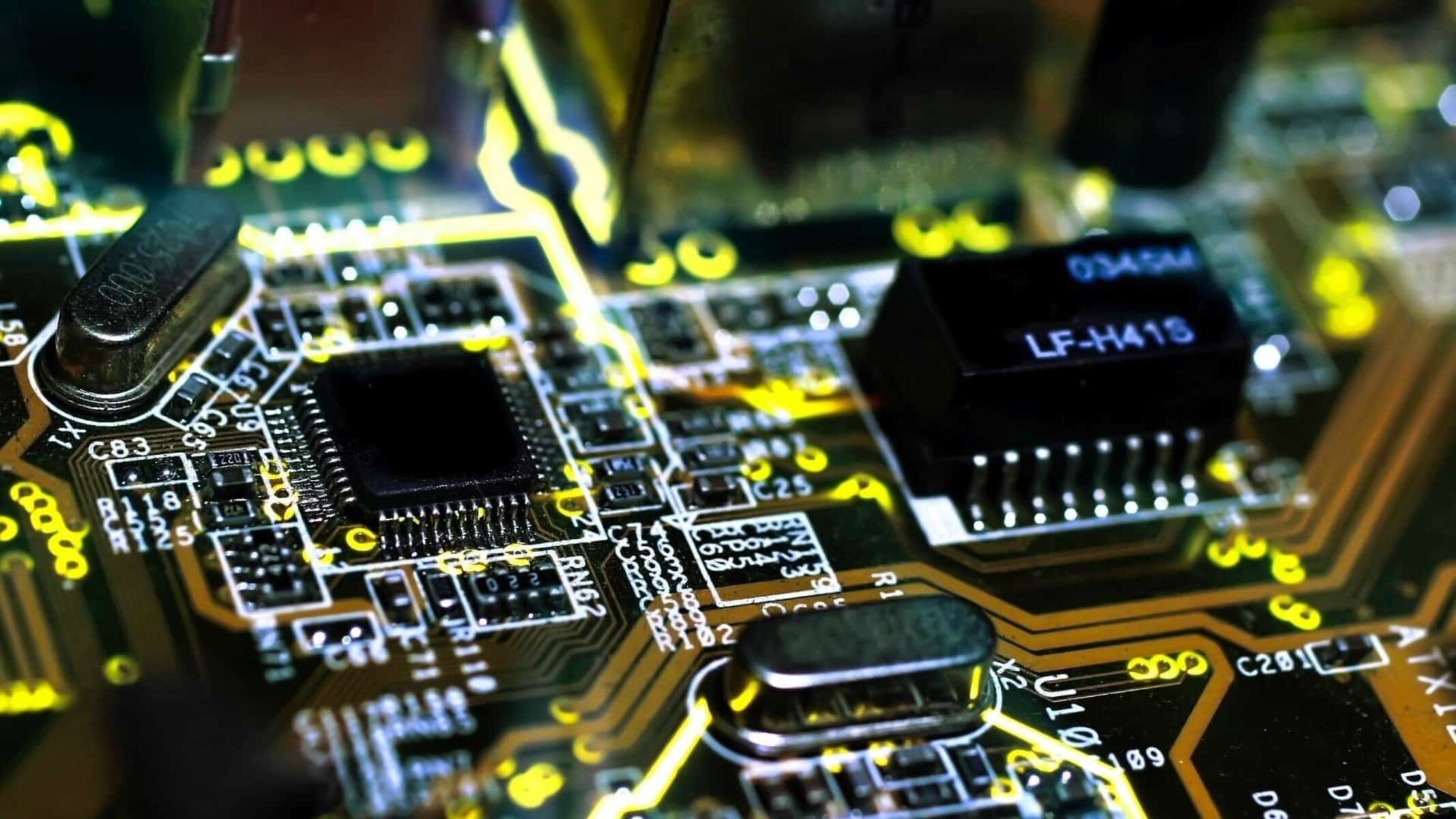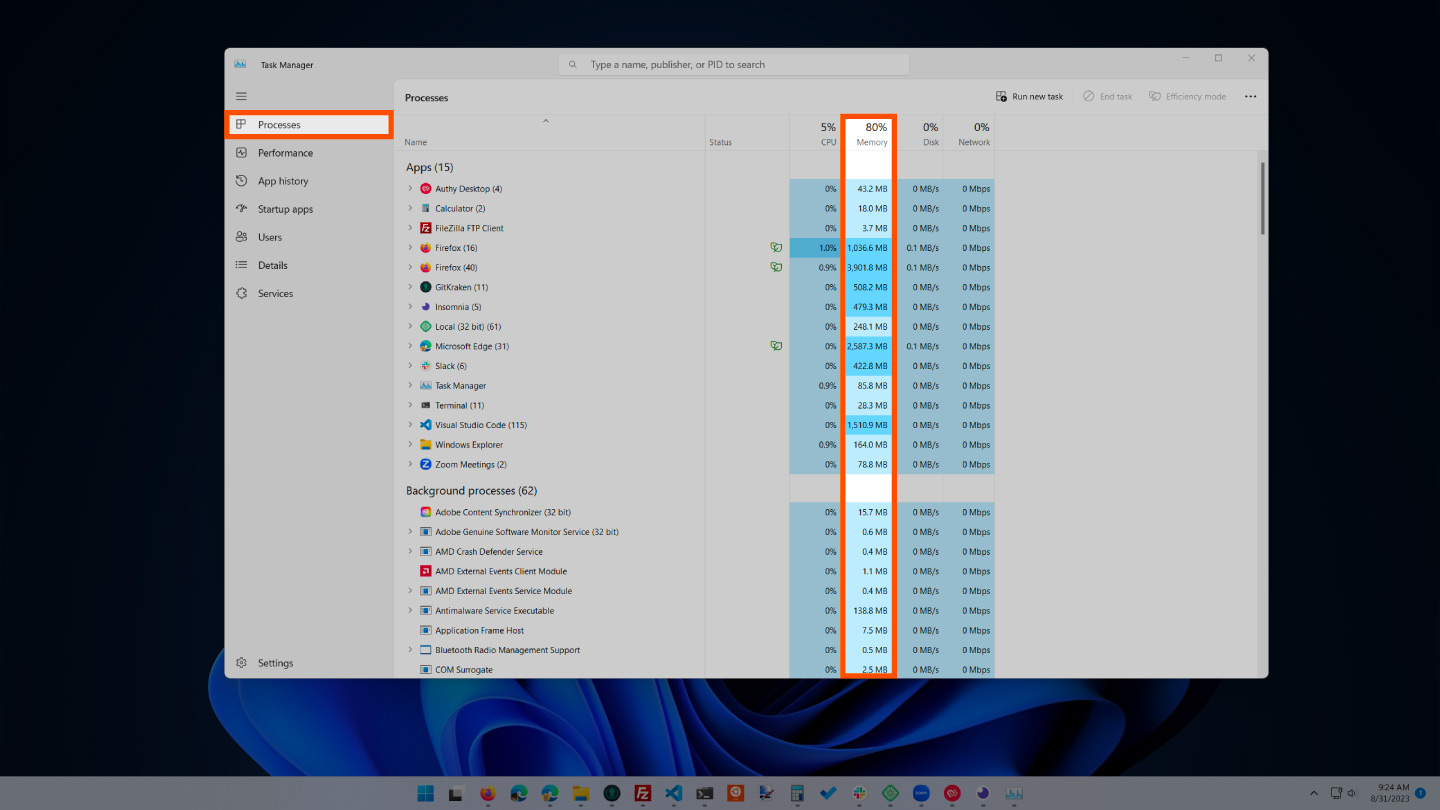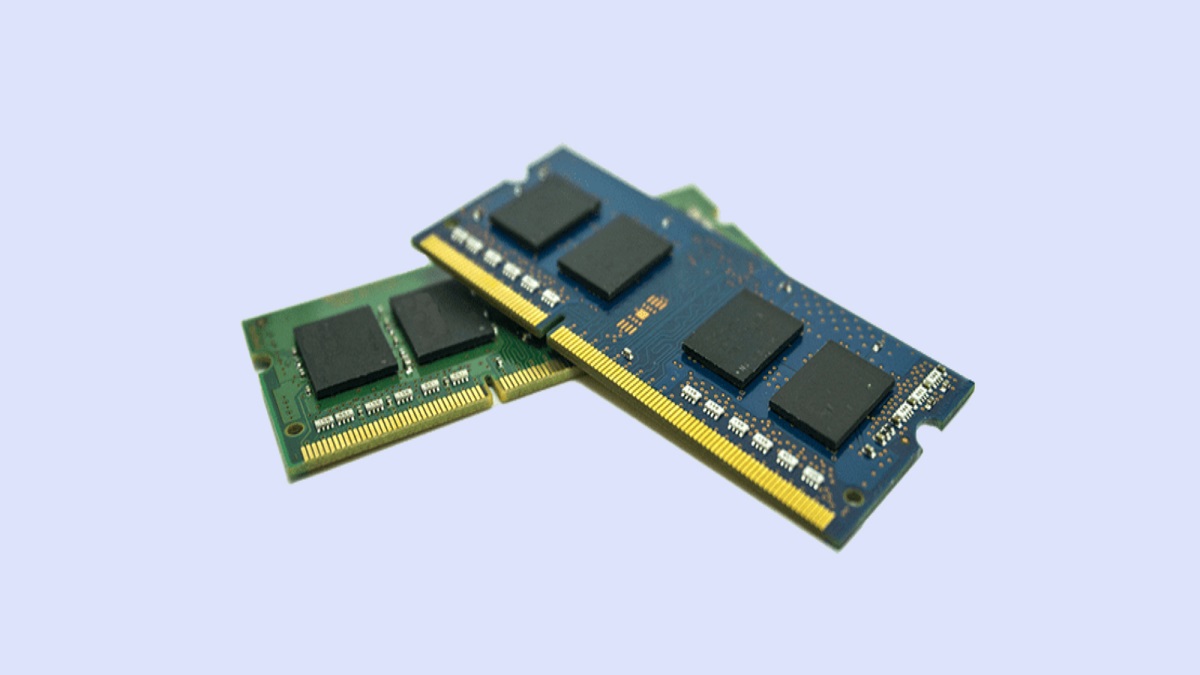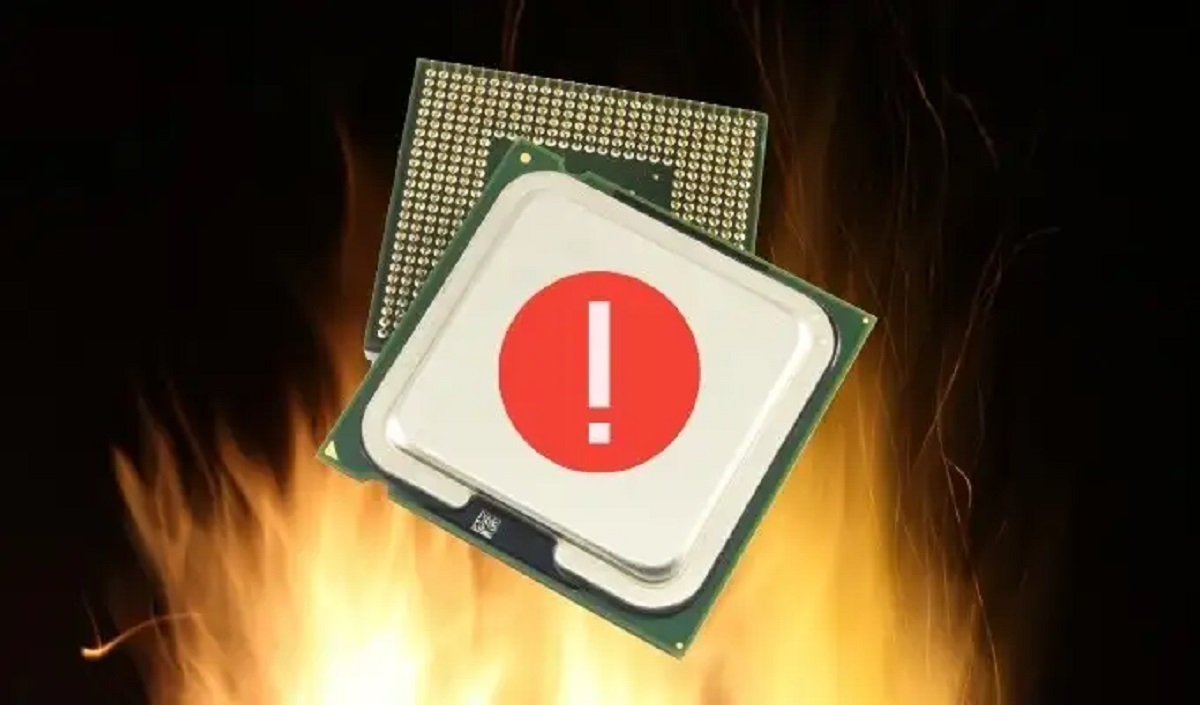Introduction
When it comes to troubleshooting and diagnosing issues on your Windows 7 computer, having accurate information about your system’s hardware is crucial. One important aspect to consider is the amount of RAM (Random Access Memory) installed on your computer. RAM plays a significant role in the overall performance and speed of your system, so it’s important to know how much RAM your computer has.
In this article, we will explore three different methods to check the RAM information on a Windows 7 computer. Whether you need to determine the amount of installed RAM for software compatibility, upgrade purposes, or general system maintenance, these methods will provide you with the details you need.
By understanding how much RAM your computer has, you can ensure that it meets the requirements of the applications you want to run, detect any potential hardware issues related to memory, and make informed decisions when it comes to upgrading your system’s hardware.
In the following sections, we will walk you through each method step by step, so you can easily retrieve your RAM information and gain a comprehensive overview of your system’s memory configuration.
Method 1: Using the Task Manager
The Task Manager is a built-in utility in Windows 7 that provides information about the processes, performance, and resource usage on your computer. It can also display detailed information about your system’s RAM.
Here’s how you can check your RAM information using the Task Manager:
- Press Ctrl+Shift+Esc on your keyboard to open the Task Manager.
- Click on the Performance tab.
- Under the Physical Memory section, you will find the details of your RAM. The information displayed includes the total amount of RAM installed on your computer and how much is currently being used.
- If you have multiple RAM sticks or modules installed, you can also view the Slots Used and Slots Available information.
Checking your RAM information through the Task Manager is a quick and straightforward method that provides essential details about your system’s memory. However, keep in mind that it may not provide as much in-depth information as other methods. If you require more detailed information about your RAM, consider using the other methods we will discuss next.
Method 2: Using the System Information Tool
Windows 7 also provides a dedicated tool called the System Information tool that allows you to gather detailed information about your computer’s hardware, including RAM. This tool offers more comprehensive information compared to the Task Manager.
Follow these steps to check your RAM information using the System Information tool:
- Click on the Start button, then type “System Information” in the search bar.
- From the search results, click on the System Information option to open the tool.
- In the System Information window, expand the Components category in the left-hand pane.
- Under the Components category, click on Memory to display detailed information about your computer’s RAM.
- In the right-hand pane, you will find information such as the Total Physical Memory, which represents the total amount of RAM installed on your system, and the Available Physical Memory, which shows the amount of RAM currently not in use.
- You can also find additional details like the RAM’s type, speed, and manufacturer.
The System Information tool is a reliable method to access comprehensive memory-related information. It offers a detailed overview of your RAM configuration, making it a valuable resource for troubleshooting, system optimization, and hardware upgrades.
Method 3: Using Command Prompt
For those who prefer using the command line interface, Windows 7 provides a convenient way to check your RAM information using the Command Prompt. The Command Prompt allows you to execute specific commands to gather system information quickly.
Here’s how you can check your RAM information using Command Prompt:
- Click on the Start button and type “Command Prompt” in the search bar.
- From the search results, right-click on the Command Prompt and select Run as administrator to open an elevated Command Prompt.
- In the Command Prompt window, type the command “wmic memorychip list full” and press Enter.
- Wait for the Command Prompt to display the detailed information about your computer’s RAM.
- You will see information such as the Capacity, Speed, Manufacturer, and other relevant details for each RAM module installed in your system.
The Command Prompt method offers a command-line alternative for accessing your RAM information. It provides detailed specifications about each RAM module, making it ideal for advanced users and system administrators who prefer using command-line tools.
With these three methods at your disposal, you can easily check your RAM information on a Windows 7 system. Whether you prefer using the Task Manager, System Information Tool, or Command Prompt, you now have multiple options to retrieve detailed information about your computer’s memory configuration.
Conclusion
Knowing how to check your RAM information is crucial for various reasons, such as troubleshooting system issues, ensuring software compatibility, or planning hardware upgrades. In this article, we explored three different methods to check RAM information on a Windows 7 computer.
The Task Manager provides a quick and convenient way to view basic memory usage and overall RAM capacity. If you need more comprehensive details about your RAM, the System Information Tool offers a wealth of information including the type, speed, and manufacturer of your RAM modules. For users who prefer the command line interface, the Command Prompt method provides detailed specifications about each RAM module installed.
By utilizing these methods, you can easily access the essential information about your computer’s RAM, enabling you to make informed decisions about system optimization and hardware upgrades. Whether you’re a casual user or a system administrator, having accurate knowledge about your RAM configuration is invaluable in maintaining the performance and efficiency of your Windows 7 computer.
Remember, regular monitoring of your RAM usage and keeping an eye on any potential issues will ensure that your system runs smoothly and efficiently. So, take advantage of these methods and stay informed about your computer’s memory requirements!







